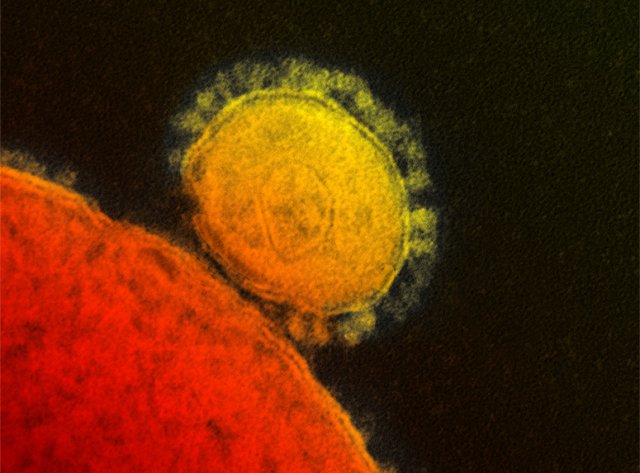How MERS jumped from bats to humans—and whether other viruses might, too
Ars Technica » Scientific Method 2014-08-26

Middle Eastern Respiratory Syndrome (MERS) is a viral respiratory illness that is caused by the coronavirus MERS-CoV, and it currently has a 36 percent fatality rate in humans. Research suggests that MERS-CoV most likely originated in bats and was then transmitted to humans.
Bats are hosts to a number of coronaviruses, and other such coronaviruses could also pose a risk to human health if transmitted across species boundaries. To predict the potential of these coronaviruses to infect humans requires an understanding of how they managed to jump species-barriers, adapting to human cells and becoming infectious. In this regard, MERS-CoV could provide valuable information.
Viruses infect cells by binding to their surfaces and inserting their genetic material into them; the genetic material then hijacks the host cell to make new copies of the virus. In the case of MERS-CoV, spiked proteins on the envelope of the virus are necessary for entry into cells. The spiked proteins are thought to bind a human protein called dipeptidyl peptidase 4 (DPP4); bats have their own version called bDPP4. A recent investigation has explored how MERS-CoV and other bat coronaviruses interact with DPP4.
Read 7 remaining paragraphs | Comments